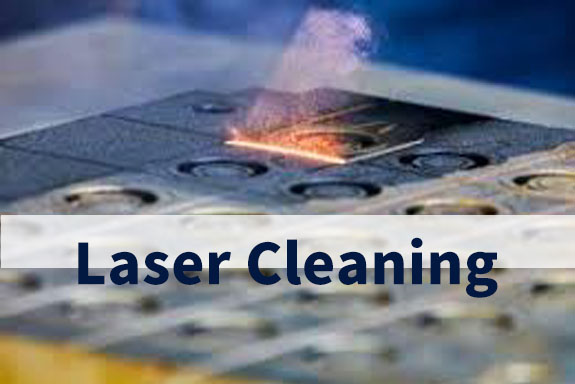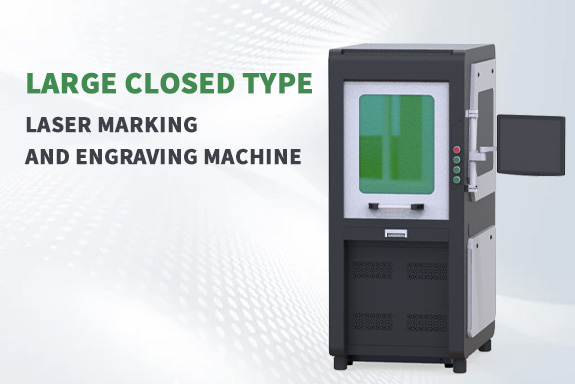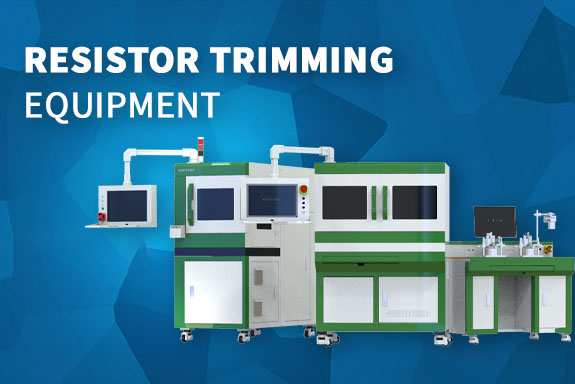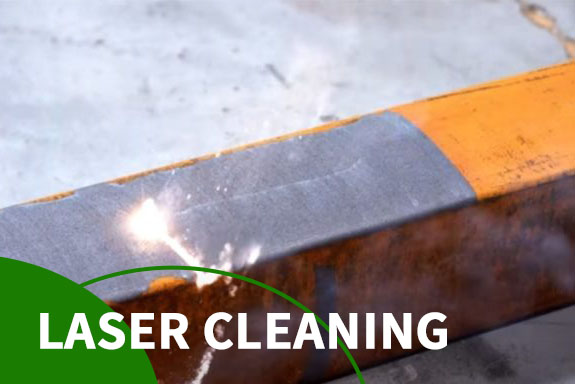Laser cleaning technology has emerged as a revolutionary method for removing contaminants from surfaces, including rust, paint, and other debris. With its efficiency and precision, laser cleaning has become a preferred choice for many industrial applications. However, the laser cleaning machine price can vary significantly depending on several factors. This guide delves into the key aspects affecting the cost of laser cleaning machines, including different types of machines, their applications, and what you can expect in terms of investment.
Factors Influencing Laser Cleaning Machine Price
The laser cleaning machine price is influenced by various factors that determine the overall cost of the equipment. Understanding these factors will help you make an informed decision when purchasing a laser cleaning machine.
1. Type of Laser Used
One of the primary factors affecting the laser cleaning machine price is the type of laser technology used. Laser cleaning machines typically utilize either fiber lasers, CO2 lasers, or pulsed lasers.
- Fiber Lasers: Known for their high efficiency and durability, fiber lasers are commonly used for metal cleaning. These machines tend to be on the higher end of the price spectrum due to their advanced technology and long lifespan.
- CO2 Lasers: CO2 lasers are more suited for non-metal materials and are generally priced lower than fiber lasers. They offer good performance for certain cleaning tasks but may not be ideal for heavy-duty rust removal.
- Pulsed Lasers: Pulsed laser cleaning machines are designed to handle tough contaminants like heavy rust. The advanced pulsing technology allows for effective cleaning but usually comes with a higher price tag compared to continuous-wave lasers.
2. Power and Performance
The power and performance capabilities of a laser cleaning machine play a significant role in determining its price. Higher-powered machines that can handle larger surfaces and more challenging cleaning tasks generally cost more.
- High-Power Machines: These are capable of cleaning large areas or removing stubborn contaminants quickly. They are often used in industrial settings where efficiency and speed are crucial.
- Low-Power Machines: Suitable for lighter cleaning tasks or smaller surfaces, these machines are more affordable but may not be as effective for heavy-duty applications.
3. Size and Complexity of the Machine
The size and complexity of a laser cleaning machine also affect its cost. Larger machines designed for extensive industrial applications or those with advanced features such as automated controls and integrated systems tend to be more expensive.
- Compact Machines: Suitable for smaller workshops or specific cleaning tasks, these machines are generally less costly and offer good performance for their size.
- Industrial-Grade Machines: These are built for large-scale operations and may include features like automatic feed systems, which add to their overall price.
4. Brand and Technology
The brand and technological advancements of the machine can also impact the laser cleaning machine price. Established brands with a reputation for reliability and cutting-edge technology may charge a premium for their products.
- Premium Brands: Often come with advanced features, better customer support, and higher prices. Investing in a reputable brand can be worthwhile for long-term reliability and performance.
- Budget Brands: These may offer more basic features at a lower cost but could lack the advanced technology and durability found in premium models.
The Cost of Laser Rust Remover
When specifically considering cleaning rust with a laser, it’s essential to understand the associated costs. Rust removal is one of the most common applications for laser cleaning machines, and the cost can vary based on the machine’s capabilities and the type of laser used.
Advantages of Laser Rust Removal
- Effective Cleaning: Laser rust removers can efficiently clean rust and other contaminants from metal surfaces without damaging the underlying material.
- Precision: Laser cleaning machines offer high precision, allowing for targeted removal of rust and minimal impact on surrounding areas.
- Environmentally Friendly: Unlike chemical rust removers, laser cleaning is environmentally friendly and produces no hazardous waste.
Cost Considerations
- Initial Investment: The cost of a laser rust remover can be higher due to the advanced technology required for effective rust removal.
- Operational Costs: Consider the cost of maintenance, consumables, and energy consumption when evaluating the overall expense of operating a laser cleaning machine.
Comparing Laser Cleaning Machine Prices
When comparing the laser cleaning machine price, it’s important to consider what you’re getting for your investment. Evaluating the features, performance, and brand reputation can help you determine the best value for your needs.
Budget vs. Premium Options
- Budget Options: These machines may offer basic functionality and lower initial costs but could lack advanced features and durability.
- Premium Options: Higher-priced machines often come with enhanced capabilities, better performance, and longer warranties, which can be beneficial for demanding applications.
Conclusion
The laser cleaning machine price can vary widely based on several factors, including the type of laser used, power and performance, machine size, and brand. Understanding these factors will help you make an informed decision when purchasing a laser cleaning machine, whether for rust removal or other cleaning applications. By evaluating your specific needs and comparing options, you can find a machine that offers the best balance of cost and performance.
由用户投稿整理稿件发布,不代表本站观点及观点,进行交流学习之用,如涉及版权等问题,请随时联系我们(yangmei@bjjcz.com),我们将在第一时间给予处理。









